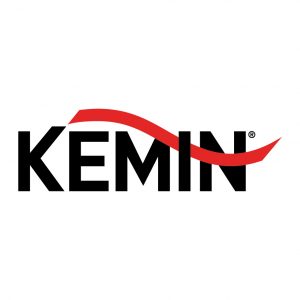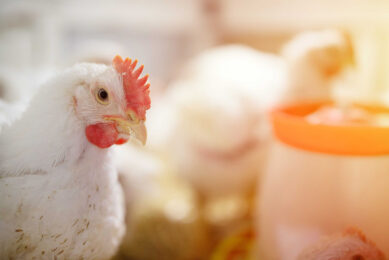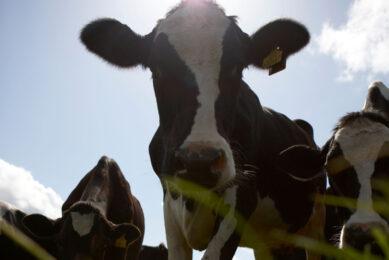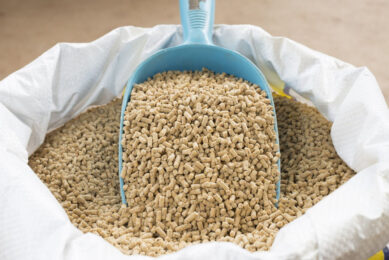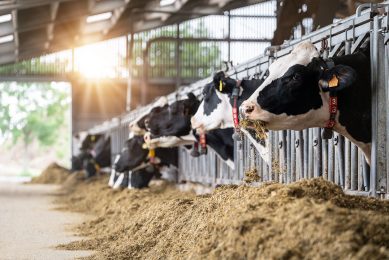Feet: An indicator of gut health
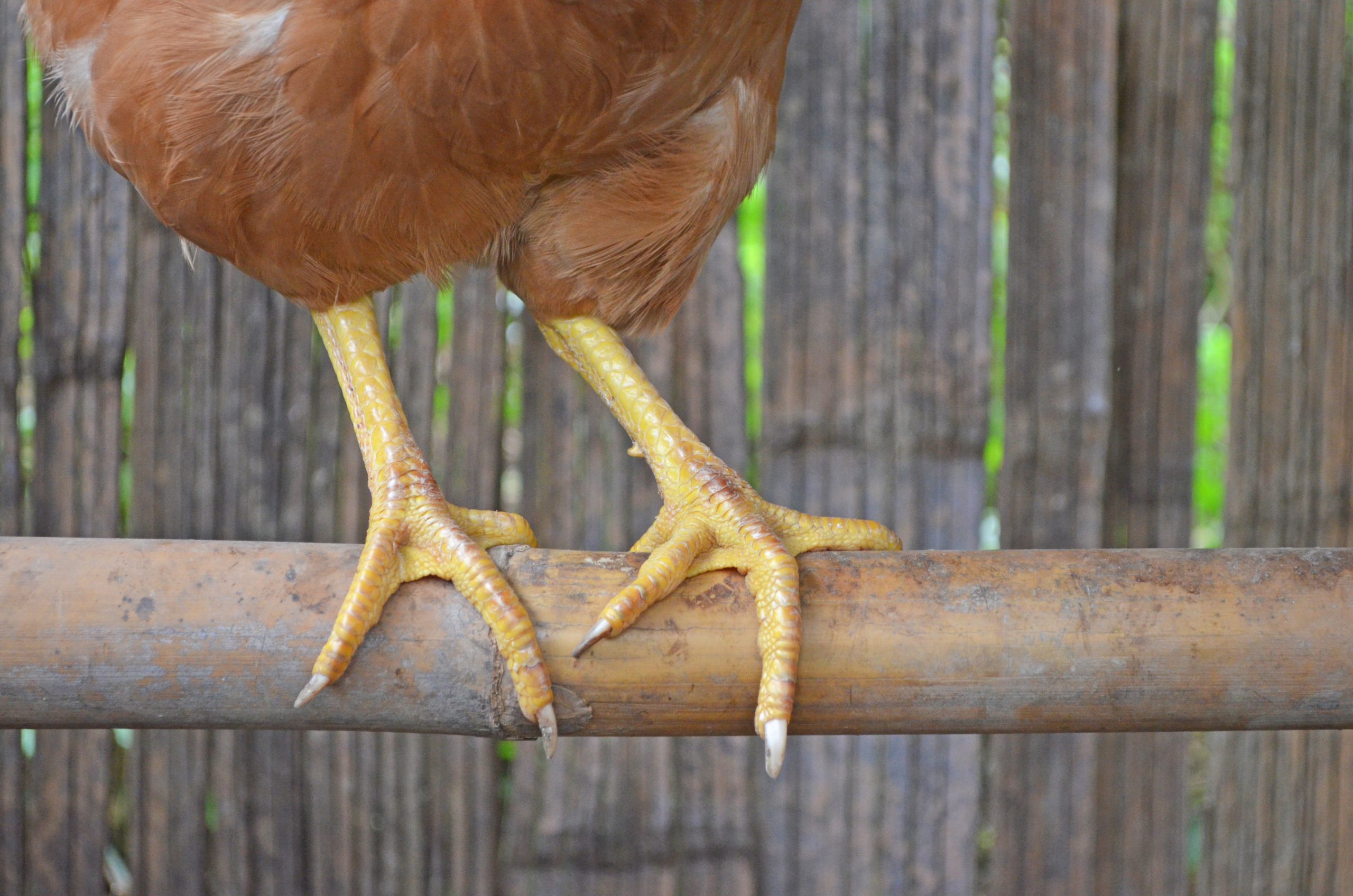
Footpad lesions are triggered by wet litter. Litter dry matter (DM) is the balance between moisture added and removed. When controlling all possible factors both for addition and removal, healthy feet are nearly guaranteed. Intestinal health is crucial with regards to managing moisture added to the litter.
Footpad lesions are regularly discussed as a welfare concern; they are however more. When poultry shows foot pad lesions they are only the end of a chain of events. With dry litter, independent of species or age foot pads stay healthy. Foot pad lesions occur when litter stays moist over time. Therefore, they are largely determined, not by something related to feet but by the dry matter content of the litter.
The cause of unexpected wet litter is often poor intestinal health, but it is not an occurrence only linked to one pathogen. Clostridium perfringens might be involved, Eimeria species can also be involved and they will certainly benefit from low dry matter content in the litter.
The role of water
Water in – The first day litter will have a DM content of over 90%. The moisture content goes up per the age of the birds. How much water is added is easy to estimate.
Using a broiler as an example, assuming a final bird weight of 2.3 kg and an FCR 1.62 each bird will eat around 3.72 kg of feed in its life. Typical water consumption of a healthy bird can be 1.65 that of feed, over 6 litres of water per bird! Out of this water a part (about 1.5 l) will leave the house in the birds. The rest will add moisture to the house, mainly the litter.
Water retention – The purpose of the litter is to temporarily retain moisture to make the surface dry, reduce ammonia emission and act as a source for the chicken to express natural behaviours such as scratching and dust bathing. A good litter will both absorb and release moisture readily.
Water removal – Water can only leave the litter and house via the air. Ventilation is therefore not only a measure to maintain respiratory health, but a crucial means to maintain high dry matter content in the litter. A key to maintaining a nice dry litter even in the healthiest flock with high DM content is effectively removal of water from the litter.
Avoiding wet litter depends on many factors
Wet litter and resulting footpad lesions can occur when the water added exceeds that removed via air. From the many factors influencing dry matter content of litter several can be controlled:
- diet,
- stocking density/housing,
- ventilation;
Others such as climate are of course not controllable. Controlling as much as possible will contribute to dry litter.
What makes litter moisture vary between cycles most is intestinal health. Birds that suffer from poor intestinal health will lose more water in the faeces and thus drink more. An increase of water intake is for many diseases the first indicator of illness.
What is the solution for consistent dry litter?
The first solution is to manage all the factors that can be controlled easily, such as ventilation, regularly check the diets and choose the best litter available locally. This will result in litters with acceptable dry matter content of 80% or more. To ensure that almost all cycles have good feet the intestinal health must be well managed.
Proven tools for that application are slow release butyrates such as Butipearl to ensure the integrity of the intestinal wall. Clostat has been proven to reduce litter moisture content by on average 10%. This can be explained clearly as it has been proven both to increase beneficial parts of the microbiome as well as to modulate populations of potential pathogens such as Clostridium perfringens. Finally, if it is unclear which organism caused the intestinal problems in periods of particularly high challenge, it can be profitable to support the innate immune system with 1,4 beta glucans such as Aleta to prevent wet litter becoming a problem.


